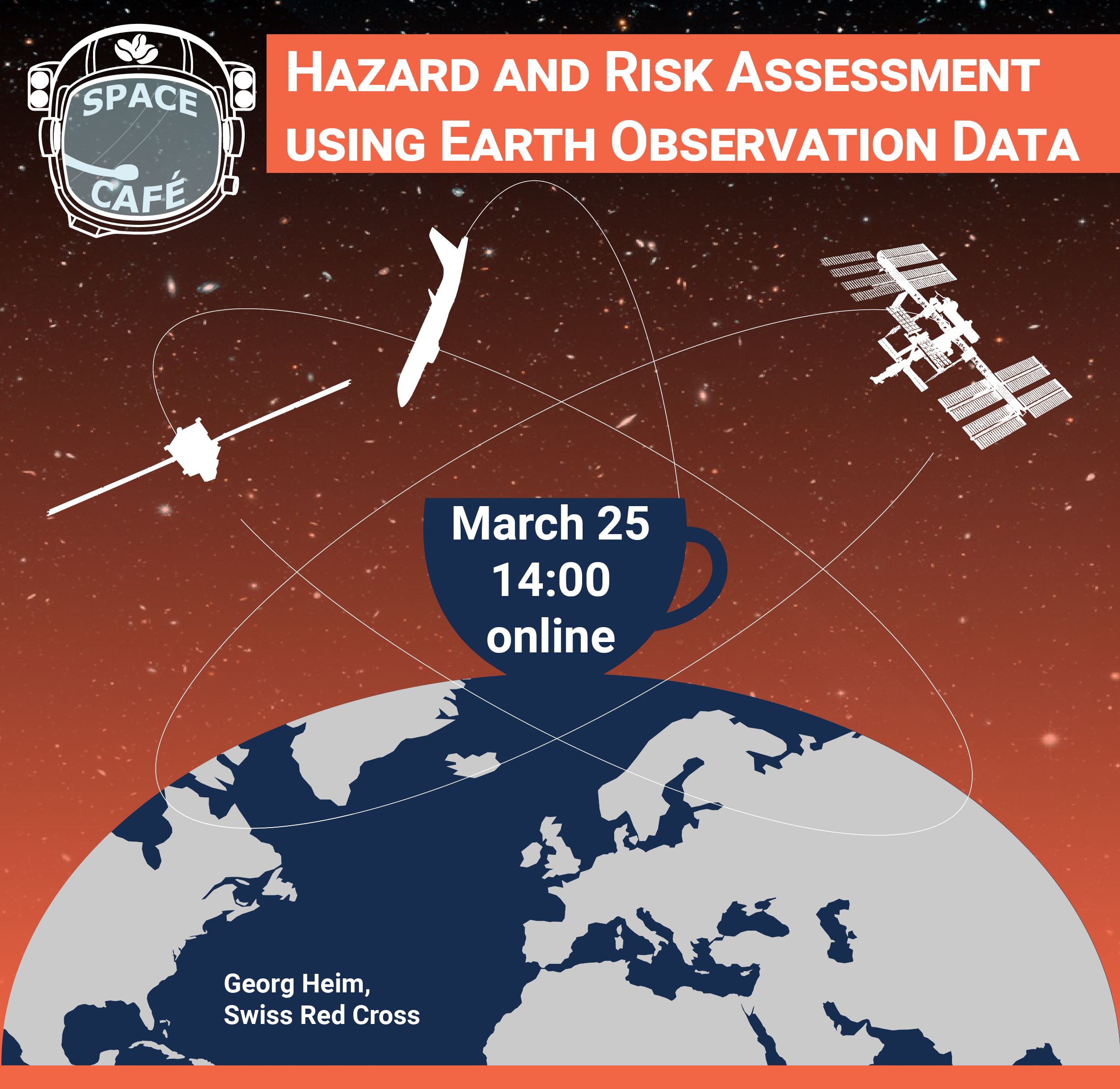Using EO applications for hazard and risk assessment of flooding in Honduras

How can Earth observation data help in predicting flooding events?
Natural disasters such as flooding events can cause serious damage, especially in developing countries. For this reason, a reliable hazard and risk analysis, that takes into account the individuality of future events, is fundamental to plan protective measures.
Learn more below about how the Swiss Red Cross supports the affected communities and do not forget to register at the end of the page to attend this event online on March 25, at 14:00.
More about Space Café event series.
Description
The village of Avispa was hit by a flood event in 2008. 8 people died and various houses were destroyed. The high disposition for flooding still exists today. The Red Cross supports the community of Avispa in planning of protective measures. This requires a reliable hazard and risk analysis that takes into account the individuality of future events. For this purpose, the Red Cross combines qualitative and technical methods of analysis. In the presentation, these methods will be presented with a special focus on EO methods. In particular, reference is made to the use of GEE, where historical precipitation data are retrieved retrospectively for the last 40 years and can be used to calculate flood peaks. The benefits and limitations in practical application are demonstrated using Avispa as an example.
In addition, a new method for testing the cost-effectiveness of protective measures will be presented.
Speaker

Georg Heim is a technical expert in Disaster Risk Reduction at the Swiss Red Cross (SRC). He got his Master's degree in Science Geography at the University of Bern. Before becoming active at SRC, he worked for 15 years in the private sector in DRR topics in Switzerland and Latin America.